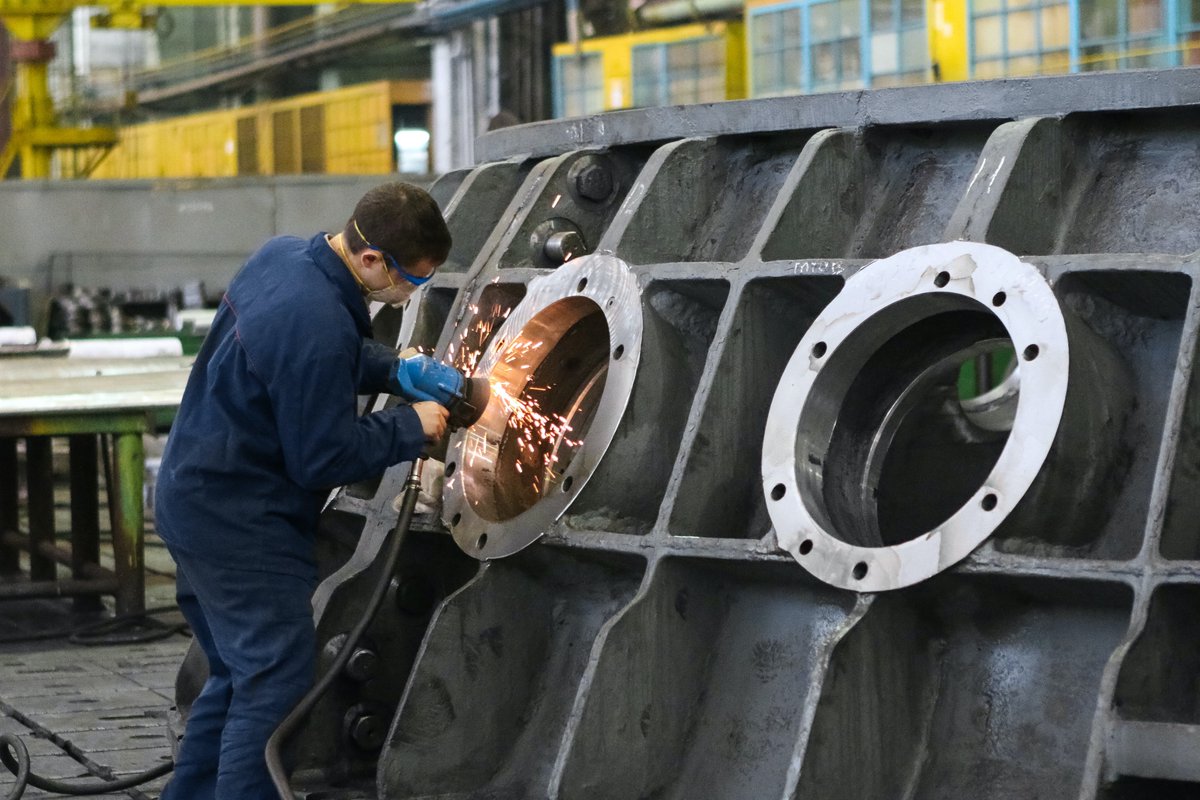
Dual VET-Systems in the era of the fourth industrial revolution
Adefolake Adeniyi
- Training Quality and Relevance
Unlike the traditional Technical and Vocational Education & Training (TVET), the dual Vocational and Educational Training (VET) systems stand out because of their unique system of design and implementation process. Dual VET-systems have two learning venues, public vocational schools and companies where students receive on-the-job training. Usually, students spend a part of their training period for theoretical education at vocational or training schools and another part for an internship at a trainer company. For instance, in Germany, students spend a part of their week at school and the other part at the company or an extended period at both venues alternately. Apart from equipping students for skills required for the world of work, the students equally acquire soft skills that ensure their adaptability to working conditions, productivity and overall efficiency at work. Depending on the contract, level, and country, some students are paid by their trainer companies.
Learning curricula are designed in conjunction with trainer companies. This is an added advantage of the dual-VET systems over traditional TVET systems. With the input of the demand side of the labour market in curricula design and implementation, skills mismatch could be resolved, and graduates that would meet employment requirements are produced. The trainer companies usually employ these students after graduation since such companies already know the competencies of their students. More so, it reduces the cost of hiring. Further, it has been found that youth employment is low in countries where dual VET-systems work well.
As easy and straightforward as the dual-VET system might seem, the system might have its own challenges. For instance, how effective is the cost of training on the part of companies? What happens to a graduate who later desires to change specialization? Could it be that while dual VET-systems are filling the gap of skills mismatch, they might be creating another one – another gap that leaves their graduates with little or no option of a career change? With the advent of the fourth industrial revolution, also known as industry 4.0, are the small and medium-size companies involved in dual VET-systems able to meet the training requirements of the ever-evolving set of required skills? How fluid are the training and internships provided to students? These are some questions that might require exploration. They might provide insights into how to keep improving on dual-VET systems, especially in countries that may possibly experience any of these or related challenges.
(Adefolake Adeniyi)
References:
UNEVOC Website. https://unevoc.unesco.org/go.php?q=TVETipedia+glossary+AZ&article=Glossary+article%3A+Dual+system+in+Germany
The Federal Government. Dual vocational training system. Working in Germany: the official website for qualified professionals
https://www.make-it-in-germany.com/en/study-training/training/vocational/system/
Lifelong Learning Program An introduction to The Dual VET system The secret behind the success of Germany and Austria
https://www.dualvet.eu/docs/productos/1_The%20Dual%20VET%20system.pdf
Niranjan A. (2018.06.04) What is Germany’s dual education system — and why do other countries want it? Deutsche Welle https://www.dw.com/en/what-is-germanys-dual-education-system-and-why-do-other-countries-want-it/a-42902504


